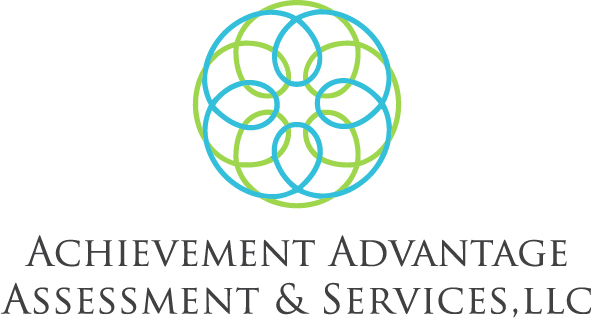The ultimate goal in reading is for students to understand what they have read. Basic reading and fluency skills are essential in forming a strong reading foundation. But if your students can already identify words correctly and read at an appropriate speed, but cannot understand what they are reading, they likely need reading comprehension interventions. It is important that students understand important vocabulary words within texts as well as derive meaning from text as a whole. Below you will find intervention strategies to address reading vocabulary and reading comprehension skills.
Vocabulary Intervention
It is important that the student has the understanding of what the words they are reading mean. Reading vocabulary interventions focus on learning word meaning, word analysis, and understanding words in context.
Morphology
Students can often look at a word’s structure to give them clues about what it means. Students should be taught the meanings of prefixes, basewords, and suffixes to gain insight about what a word may mean.
Word Meaning Sorts
Students are asked to sort words into like categories. For example, this can include words that are synonyms that would be grouped together. Teachers can also integrate morpheme units into meaning sorts.
Comprehension Intervention
Finally, we want students to understand the concepts that have been presented to them in their reading. Reading comprehension interventions may include generating questions; graphic organizers; passage retell; Preview, Question, Read, Reflect, Recite, Review (PQ4R); or others.
Question Generation
Student generate their own questions about what they are going to read and use them as a monitoring tool once they begin reading.
Graphic Organizers
The teacher can make a graphic organizer to organize important information about a story such as characters, setting, the main problem, important events that happened in the story, the resolution, the main theme, etc. Graphic organizers can be customized to best fit the type of text the student is reading.
Passage Retell
Students read a passage and then retell what happened in the passage. Afterwards, they can re-read the passage to determine if the retell was complete and accurate.
Preview, Question, Read, Reflect, Recite, Review (PQ4R)
The student previews the text by reading the title and subheadings. Then they will create questions based on the information that they previewed. The student reflects while they read and pause to make connections and create mental images. After reading, the student will provide a retell of what they read. Finally, the student reviews the text, answers the questions that were previously made, and find any necessary clarifying information in the text.
Over the past several weeks, we have been sharing instructional strategies to address different skills associated with reading: phonological awareness, phonics, fluency, vocabulary, and comprehension. You may hear instructional strategies referred to as interventions, direct instruction, or individualized instruction, among other terms. Next week we will post about accommodations that may address your student’s reading needs, and explain how they differ from intervention services.

